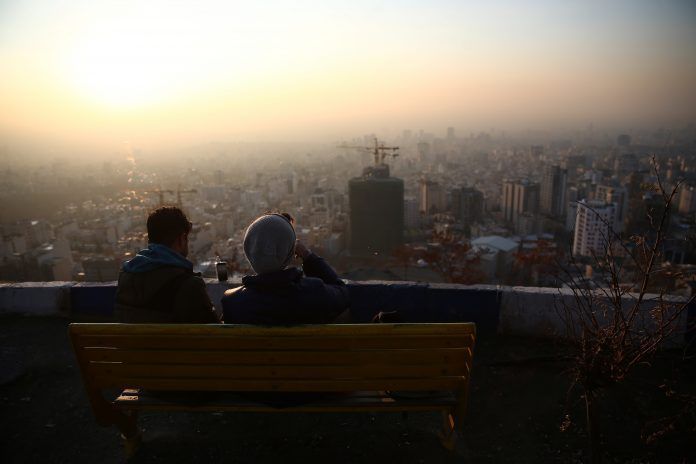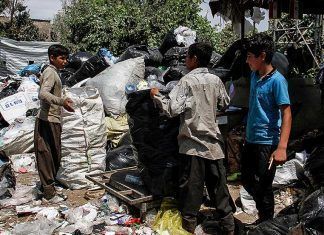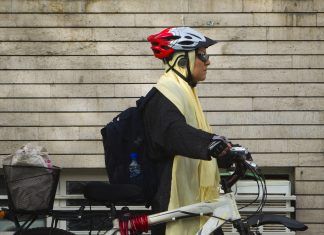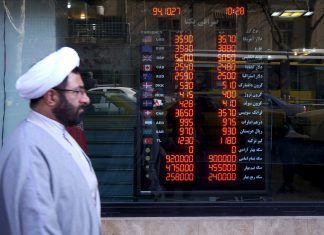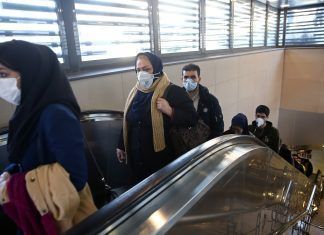By Reza Hamidi
Carbon monoxide (CO) poisoning has killed 186 people in 31 provinces in the past 117 days, the Iranian Students News Agency (ISNA) reported earlier this month, citing the Iranian Emergency Organization.
According to the report, 3,103 people have been treated for CO poisoning in the country since early October 2019. Of that number, 910 were in the northern province of Tehran, another 534 in Fars (southwest), 414 in Khorasan Razavi (northeast), and 251 in East Azerbaijan, in the country’s northwest.
The highest number of CO poisoning-related deaths has been reported in the provinces of Tehran with 25 people, Fars with 23, Kerman (southeast) with 15, and Isfahan with 14.
Many homes, businesses, and offices in Iran have kerosene heaters that use organic fuel. They produce dangerously high amounts of soot and carbon monoxide when running out of oxygen, which can cause asphyxiation or carbon monoxide poisoning.
Incorrectly installed and poorly maintained appliances, including boilers, central heating systems, water heaters, and cookers that use gas, oil, coal, and wood, could also cause CO poisoning.
Carbon monoxide is odorless and tasteless gas, which makes it even more dangerous since it cannot be easily detected. Working and sleeping in spaces with poor ventilation that use kerosene heaters is one of the major causes of CO poisoning in Iran.
Once CO gas enters a person’s bloodstream, it mixes with hemoglobin, the red blood cells that carry oxygen around the body. As a result, the person’s blood cannot carry oxygen, which causes the death of cells and tissues.
The most common symptoms of CO poisoning include headache, dizziness, shortness of breath, difficulty breathing, tiredness, confusion, and stomach pain.
During the cold season, the Iranian Legal Medical Organization regularly issues health warnings to people, businesses, and offices that burn fuel, gas, oil, coal, and wood indoors. The agency advises everyone to check the suitability of their extraction and ventilation systems to make sure that they are removing the carbon monoxide that is produced as part of the process.
[Translated from Persian by Fardine Hamidi]

